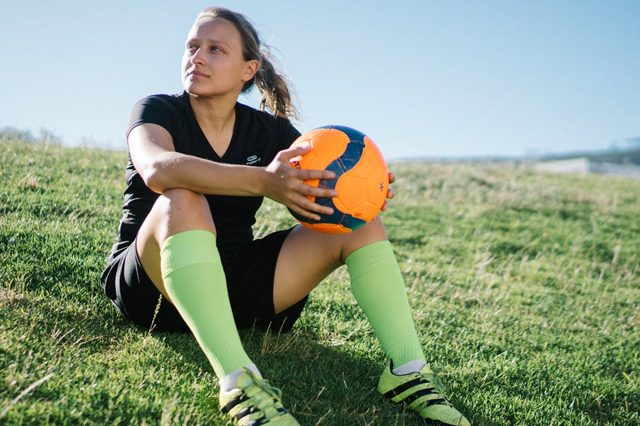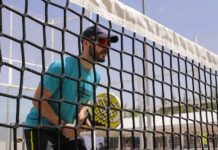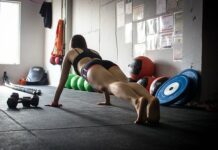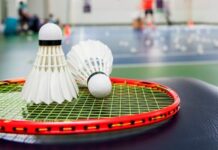Soccer is the king of sports, followed by millions of people all over the planet who want to know how to choose an appropriate ball and how to learn to play soccer. This sport contemplates different aspects that must be trained in order to achieve the best results on the pitch. Among them is one of those that we are going to talk about on this occasion; and it is how to work resistance in soccer.

What is endurance in football
In the first place, it must be taken into account that endurance in soccer is understood as a capacity that allows psychological and physical support of a workload, at an intensity that varies and for a period of time, maintaining an optimal level of performance, in addition to guaranteeing a rapid recovery.
It is a complex ability that involves both an economy of movement and speed, strength and effort capabilities. Through endurance we achieve greater training tolerance and a greater ability to cope with fatigue while accelerating recovery. In this way, it must be taken into account that it is very important to work on it in order to achieve the best results on the pitch.
Why is endurance an important quality?
Soccer is a sport that is played all over the world and requires players to have different tactical, technical and physical skills in order to be successful. If you know how to work on endurance in soccer, you will be able to get a player to participate for a longer amount of time with greater intensity; and this is because he manages to improve his physical ability from him.
In addition, in this way the footballer will compensate for the decrease in energy, improving recovery both in matches and in training. On the other hand, you have to know that resistance training reduces the risk of injury while improving health. Likewise, the footballer is also better prepared psychologically to face great efforts.
To all this we must add that the work of the resistance reduces the number of errors, while you will also enjoy a faster reaction capacity.
How to work endurance in football?
Endurance interval training with an intensity of 90-95% of maximum heart rate in sets of between three and eight minutes is very effective in building endurance and improving performance in a soccer game.
The resistance training of soccer players should be done using the ball, since in this way it could be more similar to the game. The circuit is one of the most common and effective ways to work resistance.
The use of a comprehensive method that encompasses the different issues related to resistance should try to achieve these objectives:
- Improve specific aerobic endurance. Through tasks that include moments that demand in a similar way the technical and physical demands of the competition.
- Improved oxygen consumption. It is achieved through ball activities in which there is an intensity greater than 170 l/min; and this will increase the lactate threshold.
- Improvement of the technique. This objective is pursued above all in the case of players in training, at younger ages.
- Increased players’ motivation when carrying out aerobic work sessions, thus avoiding them being carried out in a traditional way that can be monotonous for players.
How to measure the resistance of the players?
When talking about measuring the resistance of the players we can choose between two options:
Non-standard media
The trainer is responsible for creating his own diagnostic and control instruments, for which he must rely largely on data collection and observation. Those are considered:
- subjective state of the player
- Heart rate both before, during and after the effort.
- Time invested in the effort.
- Recovery.
- Reactions to effort and other signs that can be seen in the player.
standardized media
In addition to the above, there are different tests that are used to measure the resistance of a soccer player. Among them we can highlight the following:
- Cooper test. The main objective of the Cooper test is to evaluate the development of the general fund of athletes. The result is expressed in ml/Kg/min as a unit of VO2max.
- Kilometer test. In this case, aerobic or aerobic-anaerobic resistance is assessed. It consists of traveling the distance of one kilometer, or the corresponding distance, in the shortest possible time, noting the time invested.
- Course Nanette. This test is responsible for assessing the maximum aerobic power. It consists of running for 20 meters to the rhythm of a tape recorder. The test starts with a running pace of 8 km/h and increases the speed every minute.

















